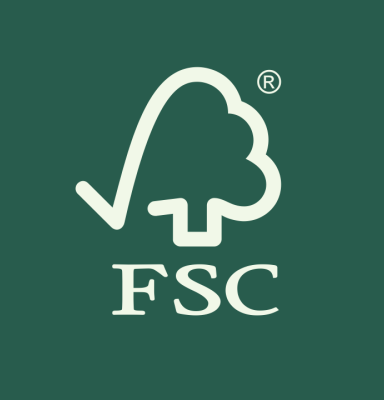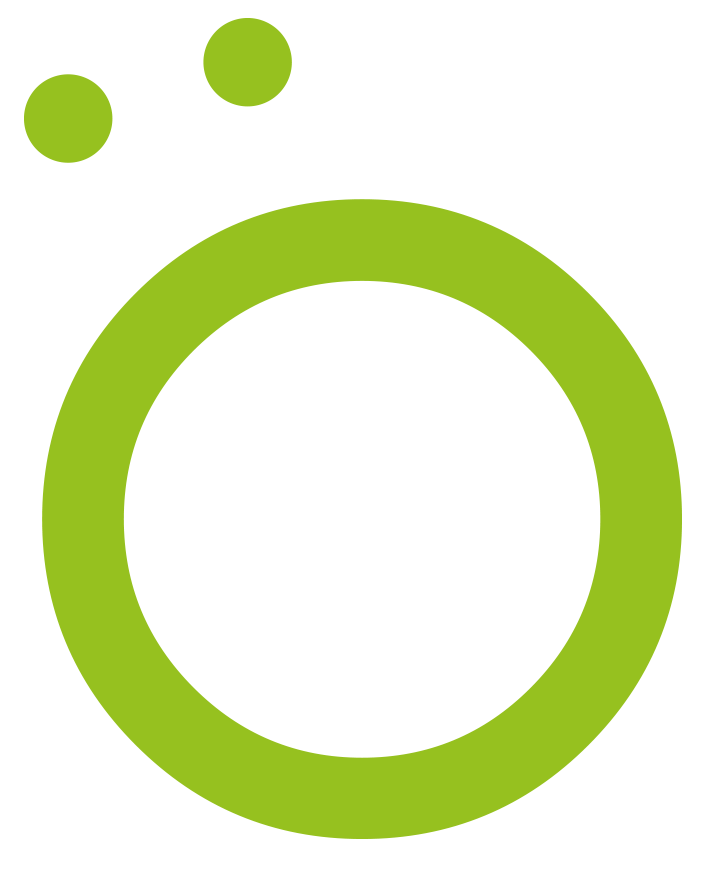Certification?
Frequently Asked Questions
-
What is the intertek test report?
Intertek Test Report: An Overview
Intertek, a leading Total Quality Assurance provider, offers a plethora of testing services across various industries, ensuring products meet regulatory, market, and customer demands. When it comes to the Intertek Test Report, it is a hallmark of product credibility, as it vouches for the safety, quality, and performance of the item in question.
What is the Intertek Test Report?
The Intertek Test Report is a comprehensive document that captures the findings and results from tests conducted by Intertek on a particular product or sample. These tests, executed in world-class laboratories with advanced equipment and methodologies, ascertain if the product adheres to the specific standards and regulations, whether they are industry-set, region-specific, or internationally recognized.
Key Features of the Report:
Detailed Analysis: The report furnishes a thorough breakdown of the tests conducted, methodologies employed, and the outcomes. This aids manufacturers and distributors in understanding their product's performance in controlled conditions.
Comparative Benchmarks:
For products that have standard industry benchmarks, the report often juxtaposes the product's performance against these recognized standards, highlighting any areas of excellence or concern.
Recommendations:
In instances where the product fails to meet particular standards or showcases areas of potential improvement, the Intertek Test Report may provide insights or suggestions on rectifying the deficiencies.
Authentication: Every report is typically sealed with Intertek's authentication, emphasizing the legitimacy and reliability of the results.
Importance for Stakeholders:
Manufacturers:
For product makers, this report can serve as a roadmap for product improvement and innovation, guiding them toward creating safer, more efficient, and higher-quality goods.
Distributors and Retailers:
Retail stakeholders can use the report to ensure they are stocking and selling products that meet stringent quality checks, thereby enhancing customer trust.
Consumers:
An Intertek Test Report provides peace of mind to customers, knowing that the product they're purchasing has been meticulously tested and vouched for its stated features and safety.
In essence, the Intertek Test Report is not just a document but a testament to a product's caliber. In an increasingly competitive and globally interconnected marketplace, such validations help products stand out, ensuring they not only meet but surpass expectations.
Copy HERE
-
What is the ISO9001 2015?
ISO 9001:2015 - A Comprehensive Guide
The International Organization for Standardization, widely recognized as ISO, is renowned for its establishment of international standards that ensure quality, safety, and efficiency across products, services, and systems. Among its repertoire, the ISO 9001:2015 stands out as a pivotal standard, specifically focusing on quality management systems.
What is ISO 9001:2015?
ISO 9001:2015 is the most recent edition of the ISO 9001 standard, which delineates the criteria for a quality management system (QMS). This standard is based on several quality management principles, including a strong customer focus, the involvement of top management, a process approach, and ongoing improvement of the process.
It's a standard that can be adopted by any organization, regardless of its size or the field it operates in. Rather than being a standard for products or outcomes, it focuses on the processes that create these outputs and ensuring they are efficient, effective, and continually improving.
Key Features of ISO 9001:2015:
Risk-Based Thinking: One of the significant changes from previous versions is the emphasis on risk-based thinking. While the concept was always present, the 2015 revision embeds it throughout the management system, ensuring proactive action and prevention over mere detection and remediation.
Structure:
The ISO 9001:2015 follows the common high-level structure (HLS), making it easier for organizations to integrate multiple ISO management system standards.
Less Prescriptive, More Flexible: While maintaining its rigor, the 2015 version is less prescriptive than its predecessors. It provides organizations with greater latitude in the way they choose to structure their QMS and achieve compliance.
Stakeholder Inclusivity:
Another key aspect is the consideration of external and internal issues, broader stakeholder insights, and ensuring that the QMS is aligned with the strategic direction of the organization.
Importance for Stakeholders:
Organizations:
Achieving ISO 9001:2015 certification is a testament to an organization's commitment to quality and continuous improvement. It can lead to enhanced operational efficiency, reduced waste, and increased customer trust and satisfaction.
Suppliers and Partners:
Companies that partner with ISO 9001:2015 certified entities can be more confident in the quality and consistency of interactions and transactions.
Customers:
For consumers and clients, engaging with an ISO 9001:2015 certified organization means peace of mind. They can trust that the organization has processes in place to ensure consistent quality and a focus on continuous improvement.
Employees:
Within the organization, the standard can boost morale, as employees understand their roles in the QMS and see a clear framework for excellence.
In summary, ISO 9001:2015 is more than just a certification—it's a reflection of an organization's dedication to maintaining a culture and process of excellence, ensuring they consistently meet and exceed customer requirements and continually enhance their operations.
Manufacturers copy HERE
-
What is CE Certification?
CE Certification - An In-depth Overview
The CE mark, a recognizable and often sought-after symbol within the European Economic Area (EEA), signifies that a product has met certain EU safety, health, and environmental requirements. But what exactly is behind this mark, and why does it hold such gravitas?
What is CE Certification?
The "CE" in CE marking stands for "Conformité Européenne", which is French for "European Conformity". The CE mark indicates that the product to which it is affixed complies with all the essential requirements of the relevant European health, safety, and environmental protection legislation.
By applying the CE mark to a product, manufacturers declare, on their sole responsibility, that the product meets all the legal requirements for CE marking and can be sold throughout the EEA. This EEA consists of the European Union (EU) countries plus Iceland, Liechtenstein, and Norway.
Key Features of CE Certification:
Broad Applicability: CE marking is relevant for a wide range of products, from toys and electronics to medical devices and machinery.
Mandatory Requirement:
For certain product categories, CE marking is obligatory if the product is to be sold within the EEA.
Self-Declaration:
In some cases, manufacturers can self-declare their product's conformity, while in other situations, a third-party conformity assessment might be required.
Harmonized Standards:
The CE marking process is often streamlined when manufacturers adhere to European harmonized standards, as these provide technical specifications to demonstrate conformity.
Importance for Stakeholders:
Manufacturers: The CE mark grants manufacturers access to the entire EEA market. It ensures that there is a level playing field for all producers, irrespective of whether they are based within the EU or outside, as long as the products comply with the regulations.
Distributors and Retailers:
For businesses that sell or distribute products, dealing with CE-marked goods reduces the risk of regulatory complications within the EEA.
Customers:
For consumers in the EEA, the CE mark provides assurance that the product meets high safety, health, and environmental standards.
Regulatory Authorities:
The CE mark aids customs and market surveillance authorities in ensuring that non-compliant products, potentially posing risks, are not placed on the market.
In conclusion, the CE Certification is not just a mark but a declaration of a product's conformity to stringent European standards. Whether you're a manufacturer, distributor, or a consumer, understanding the weight and assurance that comes with the CE mark can guide more informed and confident decisions in the product landscape within the EEA.
Copy of manufacture CE certification HERE
-
What is FSC certification?
FSC Certification - A Deep Dive into Responsible Forestry
In today's environmentally-conscious era, the demand for sustainably sourced products is continually rising. FSC, or the Forest Stewardship Council, plays a pivotal role in ensuring that the world's forests are managed responsibly. But what exactly does the FSC certification signify, and why is it so important?
What is FSC Certification?
The Forest Stewardship Council (FSC) is an international non-profit organization established in 1993 to promote responsible management of the world's forests. The FSC certification ensures that products come from responsibly managed forests that provide environmental, social, and economic benefits.
The FSC sets standards based on agreed principles for responsible forest stewardship, which are supported by environmental, social, and economic stakeholders. Products bearing the FSC label indicate that they are sourced from such forests or, in the case of recycled materials, verified recycled sources.
Key Features of FSC Certification:
Chain of Custody: FSC certification tracks the path of products from forests through the supply chain, verifying that FSC-certified material is identified or kept separated from non-certified material throughout the chain.
Two Main Certifications:
The FSC system includes two main types of certification: Forest Management (FM) certification, which addresses forest management practices, and Chain of Custody (CoC) certification, which deals with the tracking and labeling of forest products.
Holistic Criteria:
The FSC's principles and criteria cover a broad range of areas, including indigenous rights, workers' rights, deforestation, and biodiversity, ensuring a holistic approach to responsible forest management.
Third-Party Assessment:
Independent FSC-accredited certification bodies perform audits to ascertain if standards are met. This third-party assessment ensures unbiased and genuine certification.
Importance for Stakeholders:
Forest Managers & Producers: For businesses involved in forestry or the production of forest goods, FSC certification provides a competitive edge, showcasing their commitment to sustainability and social responsibility.
Retailers & Brands:
Associating with FSC-certified products enhances brand image and meets the growing consumer demand for ethical and sustainably sourced products.
Consumers:
The FSC logo assures consumers that the product they purchase comes from a forest and supply chain that is managed responsibly. It allows consumers to make purchasing decisions that benefit people and nature.
Environment & Communities:
On a broader scale, FSC certification helps protect fragile ecosystems, reduces deforestation, and ensures that local communities benefit from the sustainable use of forest resources.
In summary, FSC Certification is a beacon of trust and a mark of responsible forest management and ethical sourcing in the forestry sector. Whether you're a producer, a business, or an end consumer, understanding the significance of the FSC mark can empower choices that promote the well-being of our planet's forests and the communities they support.
Please see the manufacturer attached FSC Certification HERE
Founded on the principles of innovation and excellence, DANDEK Decking has swiftly risen as a leader in the composite decking industry. With offices in Leamington and Sheffield, we pride ourselves on our British heritage and commitment to quality. Learn more about our journey, mission, and dedication to sustainable decking solutions.
Company
All Rights Reserved | DAN DEK
Business Hours
- Mon - Fri
- -
- Sat - Sun
- Closed
Services
Contact Showroom
91 Radford Road, Leamington Spa, CV31 1JZ, United Kingdom
Contact Factory
London Road
Sheffield
S2 4HJ




